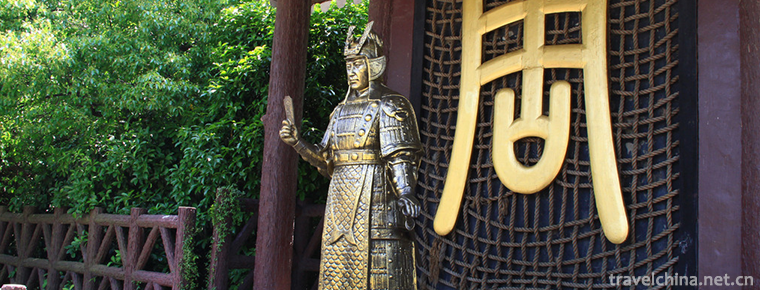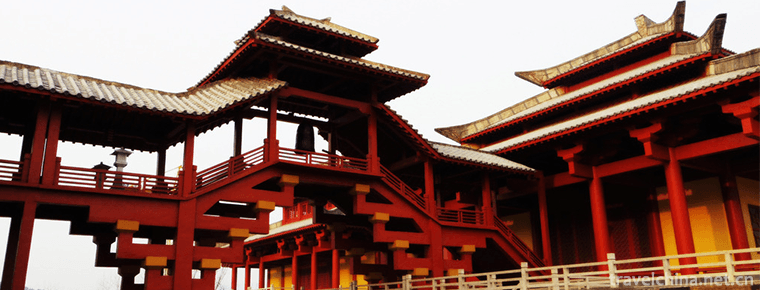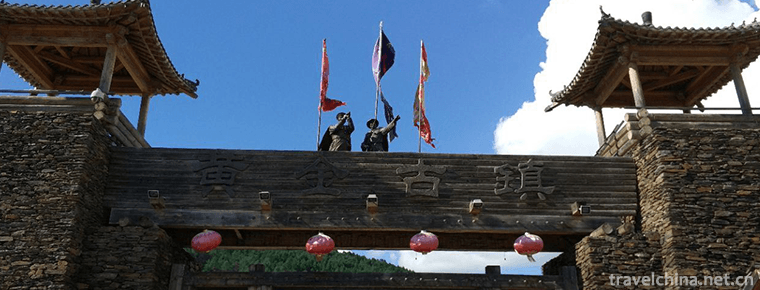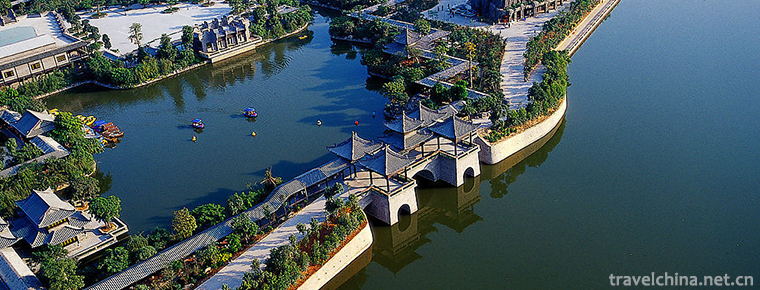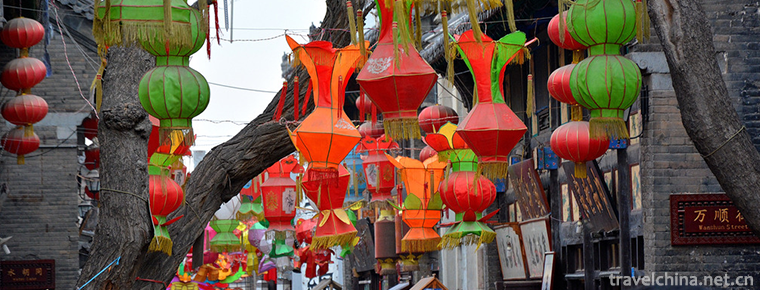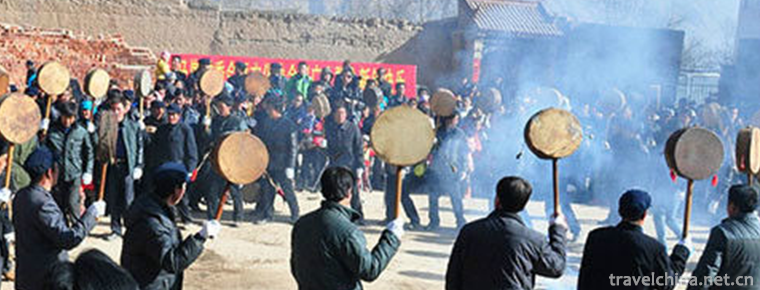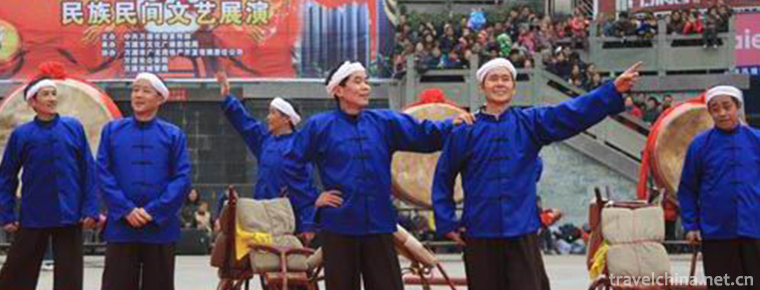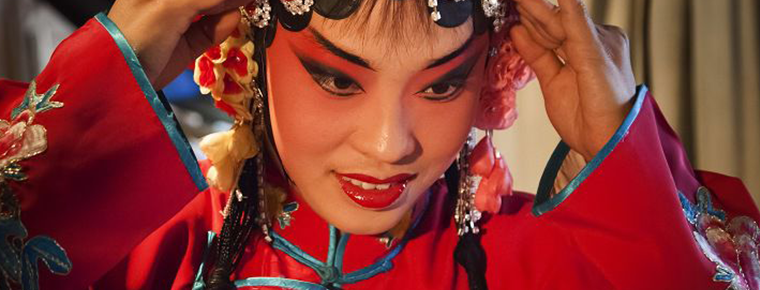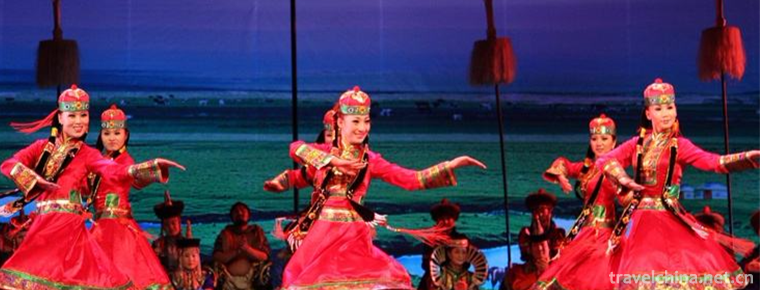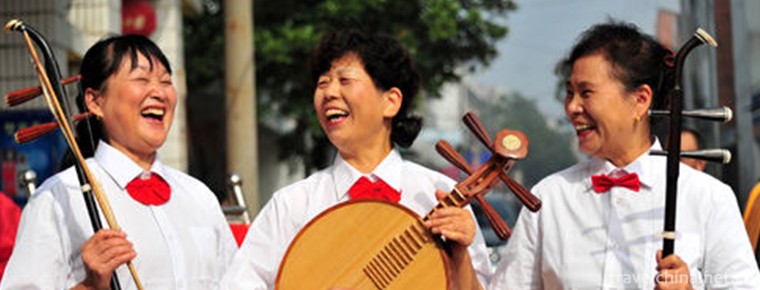Bijia mountain Luzhou City Sichuan Province
Bijia mountain
Bijia mountain is located in Hejiang County, Luzhou City, Sichuan Province, 42km away from Luzhou City and 7km away from Hejiang county. Bijia mountain is named for its three peaks standing like a penholder. Bijia mountain area is dangerous, surrounded by cliffs and cliffs. The mountain has the characteristics of typical red Danxia landform, unique landscape and beautiful scenery.
During the Jiaxi period of the Southern Song Dynasty, Luzhou built a city on Bijia mountain, and the site of Hejiang county was also built here. The ruins of the ancient city are still visible.
Geography
Bijia mountain was named Anle mountain in ancient times. Located in Hejiang County, Luzhou City, southern Sichuan Province, it is 42km away from Luzhou City, 7km away from Hejiang County, connected with Chongqing city and Chishui City, Guizhou Province, 5km away from the county. Bijia mountain is located between the Yangtze River and Chishui River. It is named after the three peaks standing like a pen rack. The highest point is 698 meters above sea level. The peak is long and narrow from east to west. When viewed from the Yangtze River, it looks like a stalagmite straight into the sky; when you look up from the Bank of Chishui River, you can see that the penholder stretches across the river bank. Especially when it's sunny or cloudy after rain, the mountains are covered with clouds and fog, and sometimes gather and disperse. Therefore, it is called "Bijia Lianyun", which is one of the eight sceneries of Hejiang river.
history
According to Taiping Huanyu Ji, Liu Zhen emerged as an immortal during the kaihuang period of the Sui Dynasty. Emperor Wen of the Sui Dynasty, Emperor Gaozong of the Tang Dynasty and Xuanzong of the Tang Dynasty issued an edict to set up views or inscriptions. On the mountainside, there is a white deer cave where Luo Wensi studied in Qing Dynasty. In the bamboo forest on the side of the cave, there is the incarnation tower of master Jun Hui and others. The ancient trees on the mountain are towering, and the bamboo trees are green. Thousands of fruit trees surround the ancient temple of Yuntai. On the outer wall of the temple, there is a record of youanle mountain written by Huang Tingjian of Song Dynasty.
Su Shi, a writer of the Song Dynasty, heard that there was a "Tianfu tree" on the mountain, so he wrote a poem on the mountain tour: "Heaven teacher changes to know where it is, jade seal is handed down to the generations and treasure together. The descendants of our country are still dead, how can autumn leaves on the mountain be divine?
Due to the dangerous shape of Bijia mountain, surrounded by cliffs, Luzhou built a city on the mountain during the Jiaxi period of the Southern Song Dynasty, and Hejiang County site was also built here. The remains of the ancient city are still visible today. There are Bailu cave, Jiulian cave, Guanxin cave, bailongchi, immortal stone, jiaozi stone, sun Dan stone and other historical sites and stone carvings of Ming and Qing Dynasties. A pair of stone lions of Song Dynasty have been unearthed recently, which is lifelike and more precious. The ancient temple yunshisi mountain has been renovated. In front of the temple, there are thousands of citrus trees and thousands of Phyllostachys pubescens behind the temple. On both sides, the pines are green and the ancient camphor is towering. When you climb up to the river platform, you can see the Yangtze River flowing down thousands of miles. The red water looks like a dragon. It looks like a picturesque scenery
The area of the scenic spot is 8400 mu, the forest coverage rate is 68.2%, the average annual temperature is 16.2oc, and the rainfall is 1500 ml. The mountain has the typical red Danxia landform characteristic, the landscape is unique, the scenery is beautiful. Bijia mountain scenic spot in Hejiang is a mountain rising from the plain, with steep mountains and ancient trees. The Yangtze River, Chishui River and Xishui River pass around the mountain. Take a boat across the Chishui River, looking up at Bijia mountain, just like a pen rack, with three peaks and two depressions. It was misused more than 1000 years ago. It was called Gu'an Leshan when Taoism was popular in Sui Dynasty. There is still a legend that Tianshi Zhang Painted Tianfu trees all over the mountain. In the Tang Dynasty, it was renamed Shaomin mountain. Because the three peaks of Bijia mountain were towering and shaped like a penholder, it was named Bijia mountain after the Qing Dynasty.

Bijia mountain Luzhou City Sichuan Province
-
Wuxi film and television base
The Wuxi Film and Television Base of CCTV was originally built by CCTV to shoot "Tang Ming Huang", "Romance of the Three Kingdoms" and "Water Margin"
Views: 220 Time 2018-12-06 -
Hengdian Film and Television City Scenic Area
Hengdian Film and Television City is a large-scale comprehensive tourist area which integrates film and television, tourism, vacation, leisure and sightseeing. It has been rated as the national AAAAA-
Views: 184 Time 2019-01-13 -
Taipinggou Golden Town
The scenic spot of Taipinggou Gold Town is based on the history of gold mining in Taipinggou in late Qing Dynasty. It deeply excavates the historical culture and characteristic tourism resources
Views: 458 Time 2019-01-18 -
Yuehui Garden Scenic Spot
Yuehui Garden is a large private garden located in Dongguan, Guangdong Province. It is the representative of Lingnan Garden. There are 108 garden attractions such as buildings
Views: 172 Time 2019-03-09 -
Zhoucun Ancient Mall
Zhoucun Ancient Mall, also known as Street, is located in Zhoucun District, Zibo City, Shandong Province. The main road of Shandong Province, Jiqing Expressway
Views: 148 Time 2019-03-20 -
Badang dance
Badang Dance is a kind of ancient folk dance, which originated from the ancient Qiang people's "Temple Festival" in Dingxi Minxian, southeastern Gansu Province. It is also a sacrificial ritu
Views: 205 Time 2019-04-02 -
Ba Shan Bei Er Song
Bashan Beibei Song refers to a traditional folk song which was produced and spread in the area under the jurisdiction of Bazhong City at the southern foot of Micang Mountain in northeastern Sichuan Pr
Views: 293 Time 2019-04-03 -
Jin Opera
Jin Opera is Shanxi Bangzi, an important drama in northern China, also known as Zhonglu Opera, Chinese traditional opera. It was named after Fenyang, Xiaoyi, Qixian, Taigu and Taiyuan, which sprang up
Views: 218 Time 2019-05-07 -
Mongolian Sawurden
Mongolian Sawurden, Xinjiang Uygur Autonomous Region and Jingxian traditional dance, one of the national intangible cultural heritage.
Views: 221 Time 2019-06-04 -
Silk Bamboo in Yichang
Yichang silk bamboo, also known as "fine music", is the representative genre of folk instrumental music art in Yichang. It is mainly popular in Yaqueling and Longquan of Yiling District, and
Views: 151 Time 2019-07-12 -
History and culture of Mianyang
Located 47 kilometers south of Santai County, Qijiang ancient town was once the capital of Qi state during the spring and Autumn period and the Warring States period. Every year on the 27 to 28 May of the lunar calendar, all the male and female believers around
Views: 242 Time 2020-12-14 -
Cultural undertakings in Guangan
As of 2019, there are 5 radio and TV stations and 2 Radio and TV stations in Guang'an City. The comprehensive coverage rate of broadcasting is 99.7%, and that of television is 99.8%. There are 7 public libraries, 21 theatres and theatres, 4 museums an
Views: 347 Time 2020-12-19
